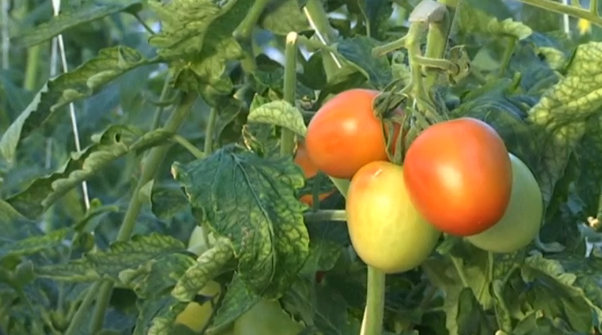
YAKUTSK, Russia (Reuters) — One of the coldest cities in the world could grow its own vegetables in Japanese-designed greenhouses in temperatures as low as minus 50 degrees Celsius.
Yakutsk, a city 5,000km from Moscow in eastern Siberia, has just five hours of daylight in the winter months and an average temperature of minus 34 degrees Celsius. No crops can be grown in the frozen soil.
The region’s authorities teamed up with partner Hokkaido Corporation to build the greenhouses using Japanese technology.
Tomatoes thrive in the greenhouse on the outskirts of the city and the authorities hope to expand the operation over 3.3 hectares of land.
Yakutsk’s mayor, Aisen Nikolaev, said he hoped the project would yield between 30 and 40 percent of demand in the city for tomatoes, cucumbers and greens.
“When the entire infrastructure is ready, when the first and the second of greenhouses are complete and we reach full capacity, then we plan to harvest around 1700 tonnes of cucumbers, more than 600 tonnes of tomatoes and around 25 tonnes of greens,” he told Reuters.
Until now produce had to be transported from Russia’s Krasnodar region or imported from China and agriculturalists responsible say the locally produced greenhouse tomatoes will be superior.
The greenhouse is specially developed to withstand the extreme cold. Three layers of a thin film made from the natural rubber caoutchouc, which has unique thermal insulation properties, were used. Nikolaev said the thin membrane can be stretched and withstand weights of up to seven tonnes. It is also more efficient in allowing sunlight through.
The temperature inside the greenhouses reaches around 23-25 Celsius, much warmer than the freezing outside air. The greenhouses also have a heating system, hot air blowers and warm ventilation.
Russia’s rich natural resources make it an ideal location for this kind of “smart” agriculture according to Hokkaido. The energy needed for the greenhouse’s climate control could be provided by natural gas and biomass available.








